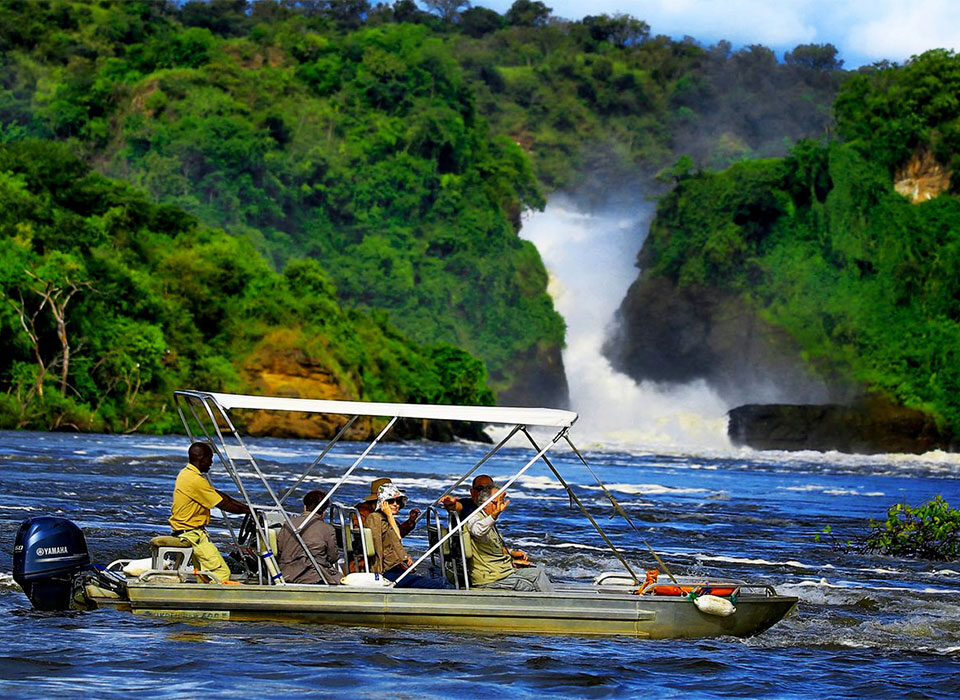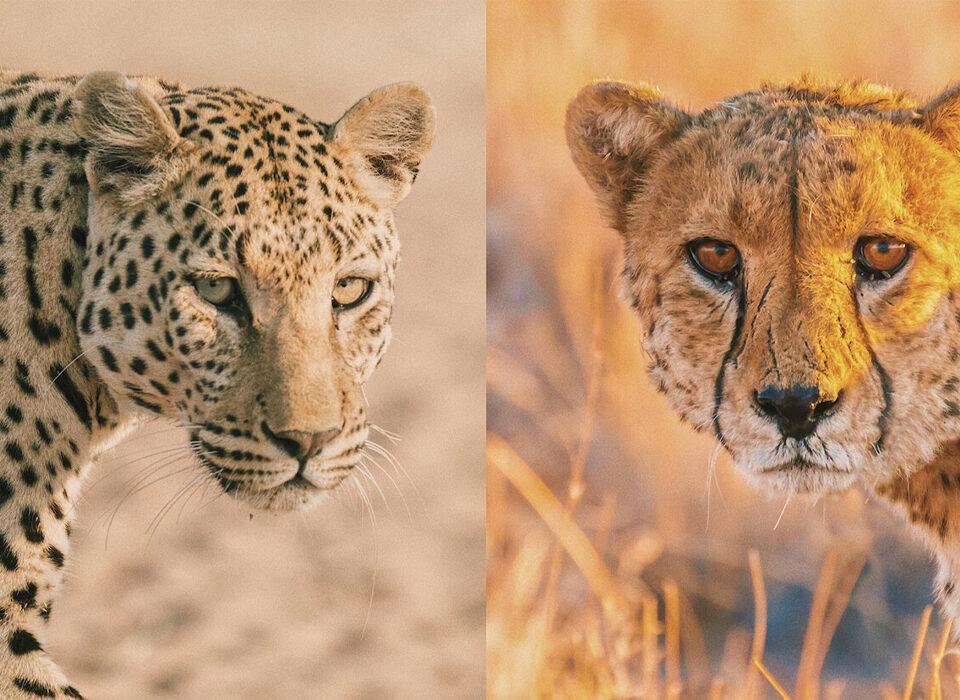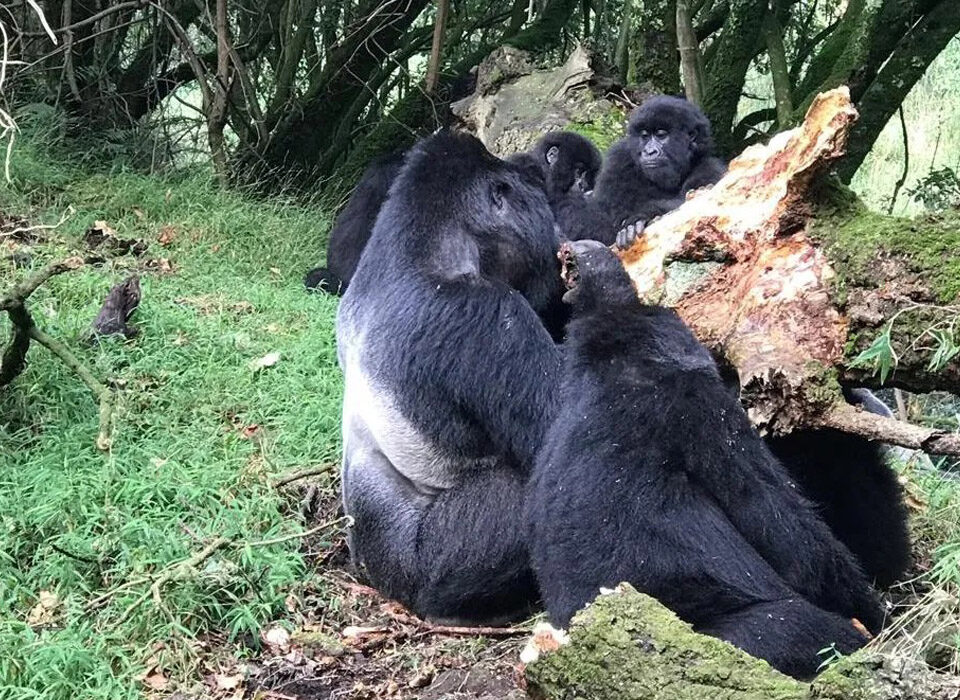
Volcanoes National Park and Akagera Safari in One Week
July 25, 2025
Big Five Safari Experience in Murchison Falls National Park
July 25, 2025When is the Best Time to Visit Queen Elizabeth National Park?

Queen Elizabeth National Park stands as Uganda’s premier wildlife destination, welcoming visitors throughout the year with its diverse ecosystems and abundant wildlife. Understanding the park’s seasonal patterns will help you plan the perfect safari experience that matches your preferences and expectations.
Optimal Visiting Seasons
The park experiences two distinct dry seasons that provide the most favorable conditions for wildlife viewing and outdoor activities. The best time to visit Queen Elizabeth National Park for wildlife viewing and chimpanzee trekking falls during June through September and January through February, when rainfall decreases significantly and animals congregate around permanent water sources.
During these dry periods, daytime temperatures consistently range from 28°C (82°F) to 30°C (86°F), while nighttime temperatures hover between 16°C (60°F) and 17°C (62°F). The reduced vegetation coverage during dry months makes wildlife spotting considerably easier as animals venture into open areas to search for water and fresh grazing.
Peak safari season occurs from June through August, coinciding with the main dry season when road conditions remain excellent and wildlife viewing reaches its pinnacle. January and February constitute the shorter dry season, offering another excellent window for park visits with fewer crowds and competitive accommodation rates.
Understanding the Wet Seasons
Queen Elizabeth National Park experiences two wet seasons: October through November and March through May. While these periods bring increased rainfall, they transform the landscape into a lush, verdant paradise that attracts different wildlife behaviors and exceptional bird watching opportunities.
The wet seasons present unique advantages for certain activities. Bird enthusiasts particularly appreciate these months as migratory species arrive, creating spectacular birding experiences. The park’s vegetation flourishes during rainy periods, providing abundant food sources that support larger wildlife populations. Additionally, accommodation costs typically decrease during wet seasons, making visits more budget-friendly.
However, wet season visits require careful planning. Roads may become challenging to navigate, particularly in remote areas of the park. Some activities might face occasional interruptions due to heavy rainfall, though the dry season isn’t completely dry since you can still expect rain periodically.
Major Activities in the Park
Queen Elizabeth National Park offers diverse activities that showcase its remarkable biodiversity and stunning landscapes. Each activity provides unique perspectives on the park’s ecosystems and wildlife populations.
Game Drives
Outstanding game safari drives allow visitors to see elephants, lions, buffaloes, hippos, and warthogs across the park’s varied habitats. Game viewing works best during early morning hours when animals display peak activity levels. The park features several distinct game drive circuits, including the popular Kasenyi Plains circuit, where visitors frequently encounter large herds of Uganda kob and their predators.
The Ishasha sector offers exceptional opportunities to spot the famous tree-climbing lions, a rare behavior exhibited by only two lion populations worldwide. Game drives can be combined with other activities like chimpanzee trekking in Kyambura Gorge, boat cruises on Kazinga Channel, hiking in Maramagambo forest, bird watching, and lion tracking.
Boat Cruises on Kazinga Channel
Boat cruise trips occur on Kazinga Channel, a 40-kilometer long water channel connecting Lake Edward and Lake George. Both the Uganda Wildlife Authority and Mweya Safari Lodge operate boat trips costing around $30 per person for 2-hour experiences.
Boat safaris provide close encounters with hippos, crocodiles, and bird species dependent on the water ecosystem, as the channel attracts large wildlife concentrations, especially during dry seasons when animals rely on its water supply. During boat cruises, visitors observe crocodiles along Kazinga Channel, bathing hippos on shores, various bird species, and their interactions with large mammals like buffaloes and occasionally lions.
Chimpanzee Trekking
Kyambura Gorge, often called the “Valley of Apes,” harbors a habituated chimpanzee community that visitors can track through guided treks. The gorge’s unique ecosystem creates a tropical forest environment within the savanna landscape, supporting diverse primate species alongside the chimpanzees.
Bird Watching
Queen Elizabeth National Park hosts more than 600 bird species, making it a premier destination for ornithologists and casual bird watchers alike. The bird observatory at Mweya Peninsula adjacent to Kazinga Channel provides excellent viewing opportunities, while boat cruises allow spotting of numerous waterbirds. The forests in Ishasha, Kyambura Gorge, and Maramagambo offer ideal locations for observing forest bird species.
Nature Walks and Hiking
Maramagambo Forest provides guided nature walks through one of Uganda’s largest surviving natural forests. These walks reveal the park’s botanical diversity, smaller wildlife species, and unique geological features including underground caves and crater lakes.
How to Reach the Park from Kampala
Queen Elizabeth National Park’s accessibility from Kampala makes it an attractive destination for both domestic and international visitors. Multiple transportation options accommodate different budgets and time constraints.
Road Transportation
The park sits in western Uganda, roughly 250 miles from Kampala, with road access from Kampala available through two main routes: via Mubende and Fort Portal to Kasese covering 410 kilometers requiring 6-7 hours, or through Mbarara town via Bushenyi covering 420 kilometers.
The northern route through Mubende and Fort Portal offers scenic mountain views and passes through traditional Ugandan towns. This route provides opportunities to visit Fort Portal’s crater lakes region and experience the foothills of the Rwenzori Mountains. Road conditions remain generally good throughout the year, though the wet season may require extra caution on certain sections.
The southern route through Mbarara and Bushenyi passes through Uganda’s cattle corridor, showcasing different landscapes and cultural experiences. This route includes tolls and takes approximately 7 hours covering about 422 kilometers, following the Kampala-Northern bypass highway, Masaka Road, Mbarara-Masaka Road, and Mbarara-Kasese Road.
Most visitors choose to travel by private vehicle or organized safari transport, which provides flexibility for stops along the route and game viewing within the park. Public transportation options exist but require multiple connections and extended travel times.
Air Transportation
Air transport offers an alternative, with flights from Kajjansi airfield to Mweya airstrip significantly reducing travel time. The park connects through daily domestic flights from Entebbe International Airport, landing at Mweya Airstrip, Kihihi Airstrip, and Kasese Airstrip.
Chartered flights provide the quickest access option, typically taking 1-2 hours compared to the 6-8 hour road journey. While more expensive than road transport, flights offer aerial views of Uganda’s diverse landscapes and immediate access to park activities upon arrival.
Planning Your Visit
Successful visits to Queen Elizabeth National Park require advance planning, particularly during peak seasons when accommodation fills quickly. Booking safaris and accommodations several months ahead ensures availability and better rates. Consider combining your park visit with other Ugandan attractions like Bwindi Impenetrable National Park for gorilla trekking or Murchison Falls National Park for different wildlife experiences.
The park accommodates various budgets and preferences, from luxury safari lodges to budget camping options. Each area of the park offers distinct experiences, so choosing accommodations based on your preferred activities enhances your overall safari experience.
Whether you visit during the optimal dry seasons for classic game viewing or explore during the wet seasons for unique ecological experiences, Queen Elizabeth National Park delivers unforgettable encounters with Uganda’s remarkable wildlife and landscapes.



